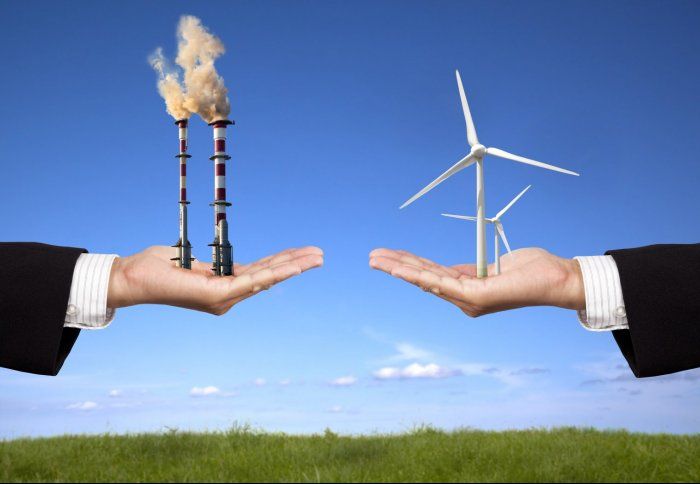Cutting Carbon, Building Futures: Why Sustainable Recruitment Must Go Mainstream
Recruitment may not be the first industry you think of when it comes to carbon emissions. Yet the environmental footprint of traditional hiring practices is larger than many realise: flights for interviews, paper-heavy processes, in-person assessments that involve travel and energy use. All of these add up.
At the same time, “sustainable recruitment systems” are proving to be far more than a buzzword. They are helping organisations reduce waste, attract values-driven talent, and future-proof their workforce strategies. In other words, green hiring is both a moral and a commercial imperative.

1. The Hidden Footprint of Recruitment
Recruitment has historically leaned on resource-heavy practices:
✈️Travel for interviews — from candidates flying interstate for final rounds to hiring managers clocking
thousands of kilometres.
📄 Paper and print — CVs, contracts, onboarding packs.
🏢 In-person assessment centres — requiring lighting, catering, energy, and more.
When multiplied across industries, these create a tangible environmental cost. In today’s climate-conscious world, ignoring this impact is a reputational risk as well as an operational one.
2. Why Sustainable Recruitment Matters
Embedding sustainability into recruitment systems delivers multiple benefits:
🌱Attract top talent: Today’s professionals, especially younger generations, want employers aligned with
their values. Sustainable hiring signals commitment.
🔄Optimise resources: Virtual-first processes save money and time as well as reducing waste.
🛡️Future-proof strategies: As ESG standards tighten globally, organisations that have already integrated
sustainability into talent acquisition will be ahead of the curve.
This isn’t about tokenism. It’s about building recruitment processes that reflect the very future companies want to operate in.
3. Practical Steps for Greener Hiring
Here’s how organisations can reduce their hiring footprint while strengthening outcomes:
- Go digital, stay human
Replace paper-heavy applications and contracts with digital systems. Use e-signatures and cloud platforms while ensuring candidates still feel personally supported. - Prioritise virtual-first interviews
Video calls should be the default. Reserve travel for final-stage, critical roles only. - Automate thoughtfully
Sustainable systems don’t just mean “less paper” — they also use smart tech to reduce wasted recruiter hours, cut energy costs, and improve candidate experience. - Track your impact
Measure not only cost-per-hire and time-to-fill, but also emissions saved (e.g., reduced travel, fewer print runs). - Embed sustainability into employer brand
Candidates notice. Job descriptions that reference sustainability attract purpose-driven people, boosting both culture and retention.
4. The CFP Perspective
At Careers for Purpose, we see green hiring as a core part of our mission. Recruitment isn’t just about matching CVs to jobs - it’s about shaping teams for the future. A future where businesses thrive and tread lightly on the planet.
The truth is clear: sustainable recruitment systems aren’t fluff. They’re the infrastructure we need to build resilient, ethical, future-ready workforces.
Conclusion
The recruitment sector has its own role to play in decarbonisation. By rethinking outdated, resource-intensive habits and embedding sustainability into every stage of hiring, organisations can reduce their footprint and gain a competitive edge in the race for talent.
Green recruitment is not just good for the planet, it’s good for business.



